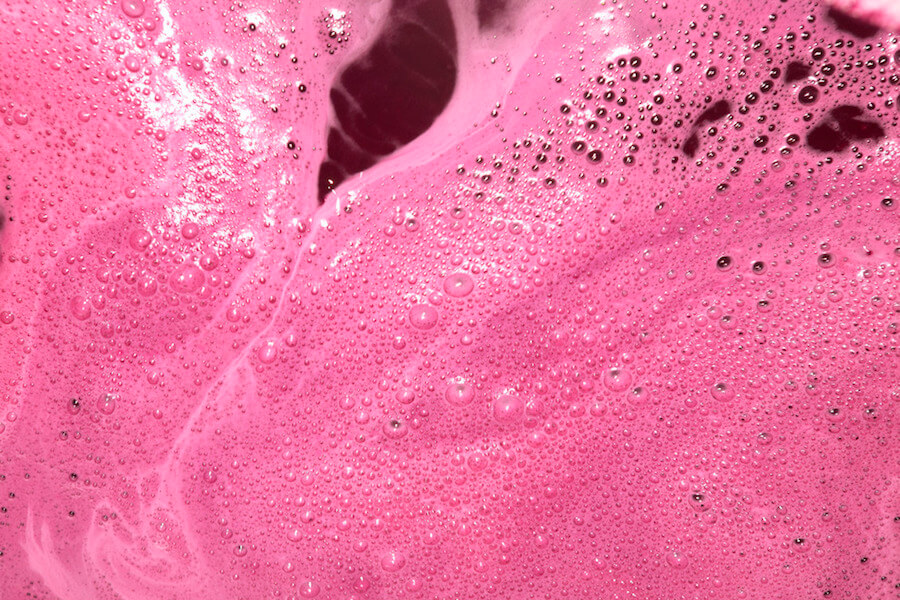
Exploring the Magic of Malolactic Fermentation in Winemaking
Introduction:
At Montemaggio, we understand that the art of winemaking goes far beyond the cultivation of grapes. One of the fascinating processes that contribute to the complexity and character of our wines is malolactic fermentation. This transformative stage in winemaking plays a crucial role in shaping the flavors and textures that wine enthusiasts savor in every bottle.
What is Malolactic Fermentation?
Malolactic fermentation (MLF) is a secondary fermentation process that often follows the primary fermentation of grape juice into wine. Unlike the primary fermentation, which is driven by yeast converting sugars into alcohol, malolactic fermentation involves bacteria, specifically lactic acid bacteria. The primary purpose of MLF is to convert harsh malic acid into softer lactic acid, bringing about a smoother and more rounded taste to the wine.
The Microbial Alchemy:
Lactic acid bacteria, primarily strains of Oenococcus oeni, are responsible for the magic of malolactic fermentation. These bacteria consume malic acid present in the wine, breaking it down into lactic acid and carbon dioxide. The conversion of malic acid, found in green apples, to softer lactic acid, akin to that in milk, is what imparts a creamy and buttery texture to certain wines.
Influence on Flavor and Aroma:
Malolactic fermentation is not merely a technical step in winemaking; it significantly influences the sensory profile of the final product. Wines that undergo MLF often exhibit a reduction in acidity, leading to a smoother and more approachable taste. Additionally, the process can introduce complex aromas and flavors, such as butter, cream, and subtle nuttiness, adding layers of depth to the wine.
Red vs. White Wines:
While malolactic fermentation is commonly associated with full-bodied, oaked white wines like Chardonnay, it also plays a crucial role in the production of certain red wines. In red wines, MLF can contribute to a softer mouthfeel and help integrate tannins, resulting in a more harmonious and balanced wine. Winemakers carefully consider the style and characteristics they want to achieve when deciding whether or not to encourage malolactic fermentation in their wines.
Controlled Environment and Timing:
Winemakers have the ability to control malolactic fermentation through various means, including temperature and the addition of specific bacterial cultures. Some winemakers prefer to allow MLF to occur naturally, while others choose to inhibit the process to preserve the crisp acidity of certain wines. The timing of malolactic fermentation is also a critical decision, as it can affect the overall balance and structure of the wine.
Conclusion:
Malolactic fermentation is a captivating chapter in the intricate story of winemaking at Montemaggio. The deliberate choices made by our skilled winemakers during this process contribute to the distinctiveness of each bottle we produce. As wine enthusiasts, we invite you to explore and appreciate the subtle nuances that malolactic fermentation brings to our wines, elevating your tasting experience and deepening your connection to the artistry behind every pour. Cheers to the magic of malolactic fermentation!






Leave a Reply